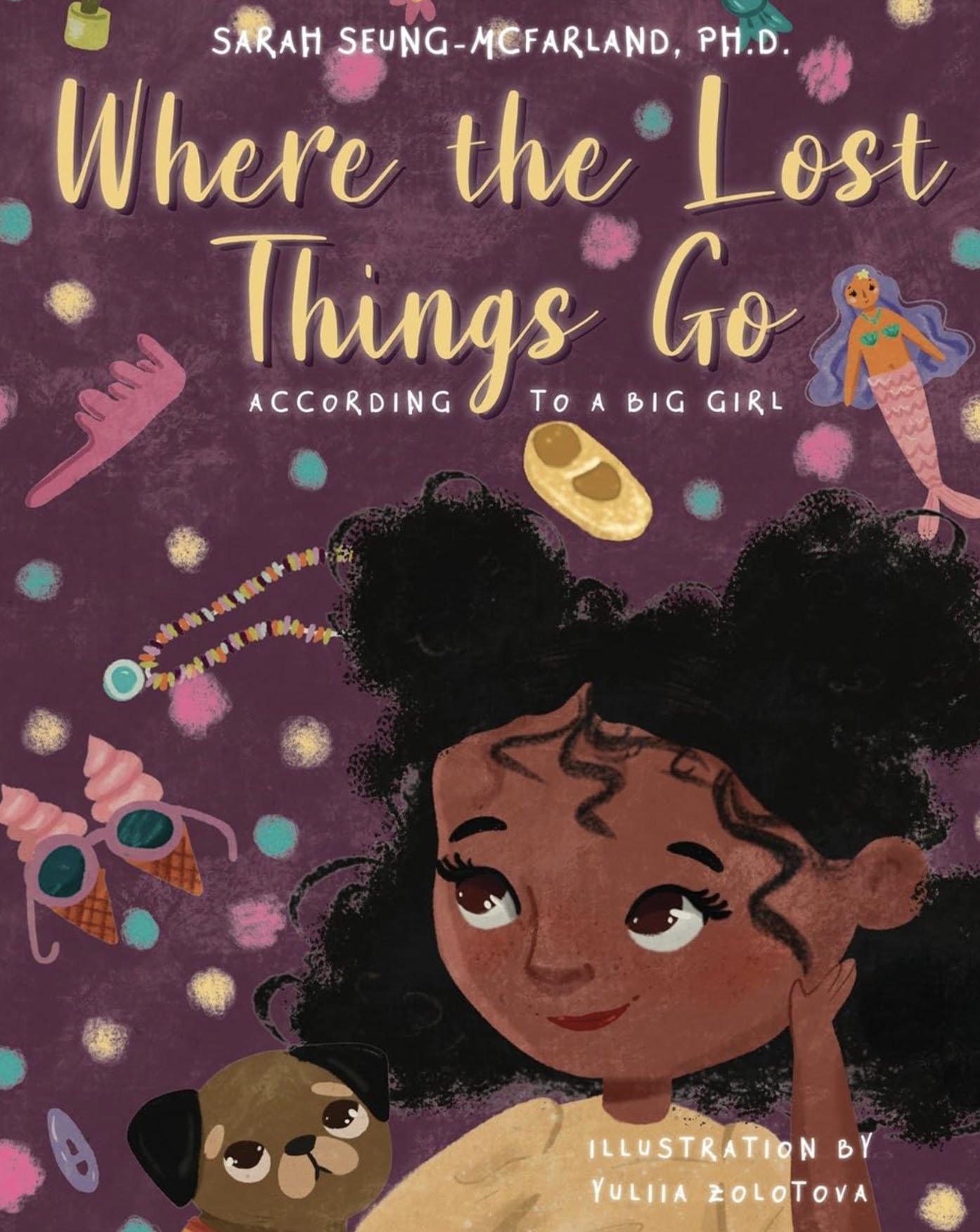
I wrote a children’s book ya’ll!
Along with my specialty in fashion and design psychology, I also have a background in child development and trauma. Trulery’s tagline—refine your style with psychology, refers to more than just fashion and interiors. Style is the way we present our creativity. So one of my favorite things to do is write entertaining stories for children that address their social-emotional development. Like fashion and design psychology, its another way to use creativity to support mental health and well-being.
Where the Lost Things Go—According to a Big Girl is centered around an imaginative, independent girl who loses her gold, sparkly shoe right before her birthday. Many children (and adults too) can relate to the main character’s struggle with learning to cope when things do not go their way.
The book blends my expertise in child development and passion for clothing. Purchase the book below or on Amazon and be sure to leave a review. Also read my extra tips for parents below!
Book trailer for Where The Lost Things Go— According to a Big Girl; illustration by Yuliia Zolotova; Graphic Design by Bemmygail Abanilla
Big girls put their stuff where they can find them. But when Tabitha loses her favorite gold sparkly shoe just before her birthday party, being a big girl is harder than she thought. Tabitha does all she can to find her shoe, but nothing brings it back. So very much unlike a big girl, Tabitha sulks with all her might until she realizes she’s missing her party! Tabitha doesn’t find her shoe when she wants it, but she finds so much more—thanks to her big imagination.
Product Details
Publisher: Trulery; Language: English; Hardcover: 38 pages; ISBN-13: 979-8218235352; Item Weight: 12.95 ounces; Dimensions: 8.74 x 11.02 inches
Note to Parents:
During early childhood, children develop a sense of initiative as they begin to realize they can do things. This burgeoning sense of purpose fosters a feeling of pride. They associate doing more with getting bigger; and wear their growth as a badge of honor.
Still, development does not occur evenly, and young children are also challenged by frustrations that occur with learning to regulate complex emotions, a major milestone in early childhood. Through losing her shoe, the main character is learning a fundamental lesson, how to be okay when things do not work out the way we planned them. Acting-out as a way to get needs met is often a go-to response for children who have not yet learned how to manage disappointments; and if given room to go through the process, children eventually learn it is an ineffective way to handle emotions.
With the threat of missing out on the fun festivities, the main character becomes internally motivated to change. While external reinforcements for change can be effective, they are only meant to work temporarily until the child has internalized effective coping skills modeled by parents or learned through experience. Here are some ways parents can help children to develop and internalize healthy coping during periods of frustrations.
1. Teach children how you’d like them to respond during moments of frustration by talking them through it (e.g., “Do something else and it’ll show up.”). This gives them a glimpse of the inner dialogue they will need to develop on their own.
2. Provide positive reinforcements by “catching” them during moments of exemplary behavior (e.g., actively looking for something lost instead of sulking). Comment specifically on what you noticed; and be sure to make a big deal of it. (e.g., “I really like the way you’re waiting even though you don’t feel like it. What a big boy you are!”)
3. Set boundaries and limits during sulking (e.g., give them a time frame for sulking, and then have them do a constructive activity). This gives them the sense of structure and security they are learning to internalize.
4. Once the incident is over, process with them what occurred, what they learned about it, and explicitly state your expectations for their behaviors.
5. Always be aware of opportunities to model appropriate coping for them during your own periods of frustration.


